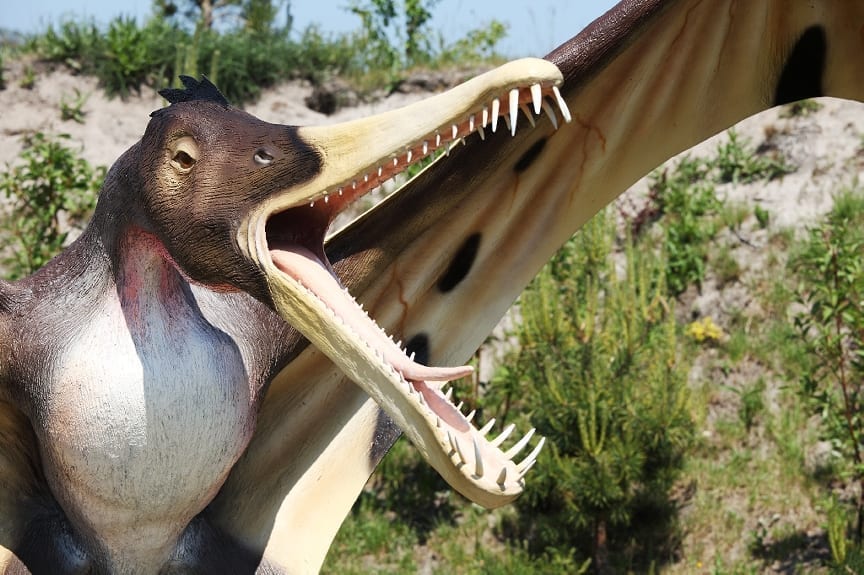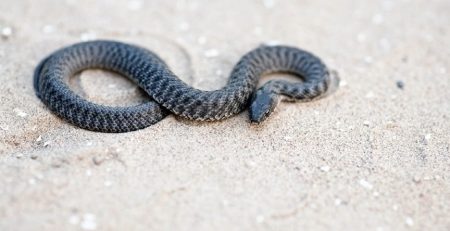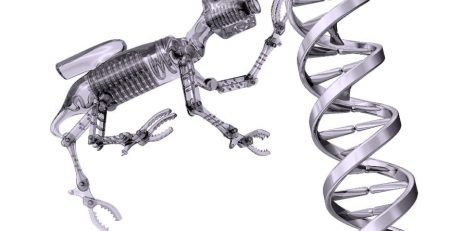Duck-billed Dinosaurs
Duck-billed dinosaurs were the wild beasts of the Arctic. During the Late Cretaceous, roughly around 70 million years ago, the plant-eating reptiles possibly lived in multigenerational herds, a dinosaur track site in Alaska suggests. The first promising sign that duck-billed dinos, or hadrosaurs, settled together year round is by the the tracks of large and small foot prints. The modern Pacific Northwest’s climate is possibly similar to the area.
The animals “weren’t just accidental tourists in this area,” says Anthony Fiorillo. “They were thriving.”
“People stereotype dinosaurs as swamp creatures,” claims Fiorillo, a paleontologist at the Perot Museum of Nature and Science in Dallas. But, he adds, “dinosaurs were actually a highly adaptable bunch that lived in a variety of habitats — even the Arctic”.
In 2007 at Denali National Park and preserve Fiorillo and his associates discovered thousands of tracks grouped about a size of a soccer field. Three-lobed footprints that dapple the rock like a layer of sunken leaves, and mesaurements imply that duck-billed dinos ranging from young to adults shared a ground that is similar. This was reported by the team in Geology. “Like the African plains roamed by young and old herd animals today, Alaska might have been the Serengeti of the Cretaceous,” Fiorillo says.














